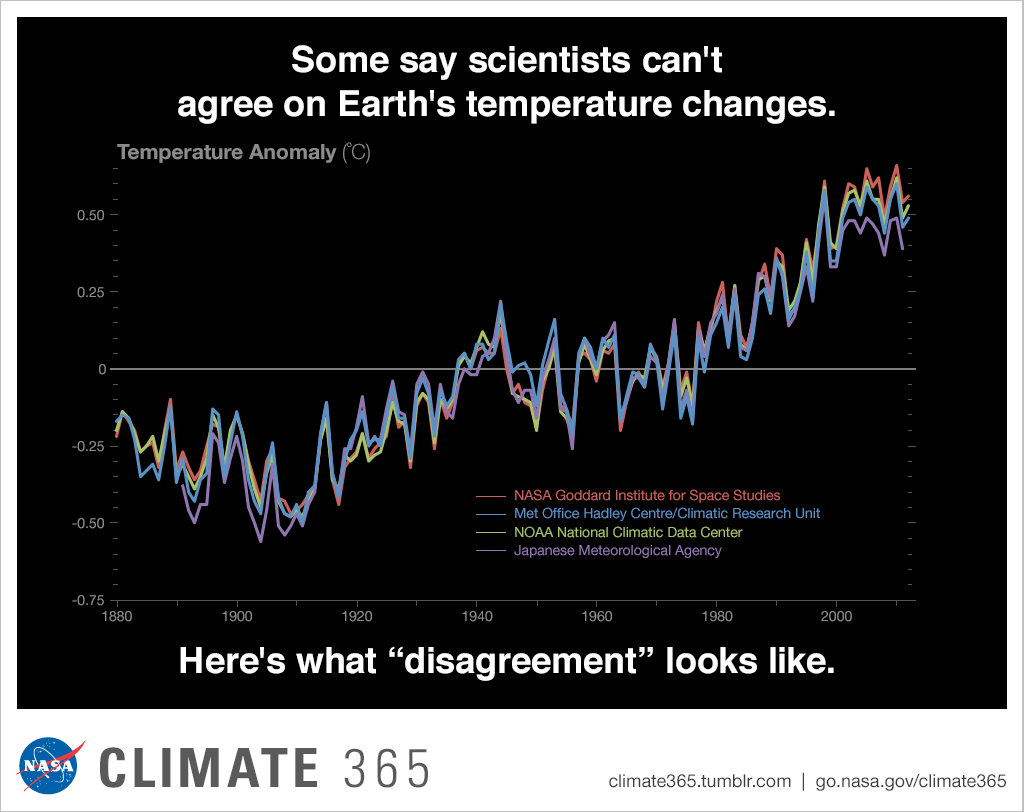After five years of planning the IALD is set to begin accepting applications for the newly created Certified Lighting Designer (CLD) credential. The CLD credential is similar to the LC (Lighting Certified) credential in that it is meant to demonstrate lighting design competency. Unlike the LC, the CLD credential will be awarded based on a portfolio review that demonstrates proficiency in seven areas of professional practice rather than by passing a written test. The other difference between CLD and LC is that the CLD will only be awarded individuals with at least three years of experience as a lead designer. This means that some people who have earned an LC (sales reps, for example) will not be eligible for the CLD.
Why does this matter? First, the LC credential carries some weight, mainly because since 2009 the GSA has required the lead lighting designer on U.S. government projects to be Lighting Certified. However, many designers are unhappy that people who aren’t practicing lighting designers can hold an LC credential. By limiting the CLD to working designers, the IALD hopes it will be seen as attesting to the holder’s skills as a lighting designer, not just their knowledge about lighting in general.
Second, lighting design is in some ways the redheaded stepchild of the architectural design professions. Lighting design is not licensed, meaning that anyone can say they’re a lighting designer. As a result, lighting design is provided by electrical engineers, architects, interior designers, sales people, and manufacturers who have widely varying education and training, and with widely varying degrees of success. The CLD could be a means of identifying who is a lighting designer and who is not.
The key to the success of this project is public awareness. If the IALD only talks about CLD to the lighting design community it will be nothing more than letters following a person’s name on their business card. Building owners and other clients have to understand the value that professional lighting designers can bring to a project, and have to insist that the design team includes a professional lighting designer. Architects and interior designers have to understand the role of a lighting designer and be willing to tell their clients that a professional lighting designer is an important part of the design team who is worth the additional fee. If, through the CLD, the IALD is able to raise awareness about lighting design in those who can benefit from it, it will have been well worth the effort.

